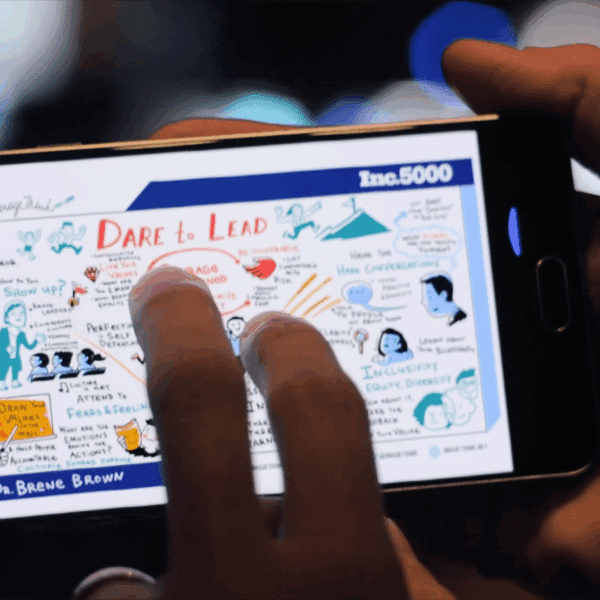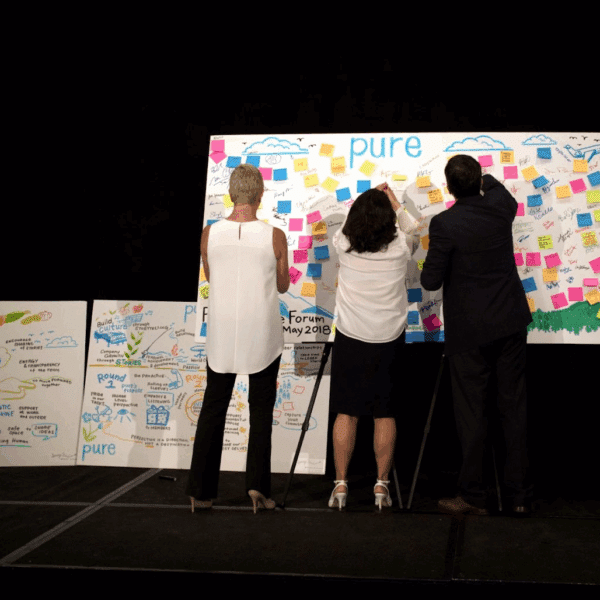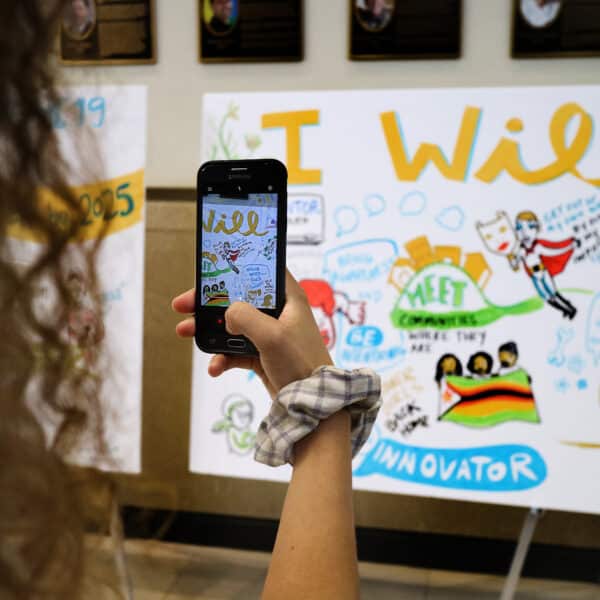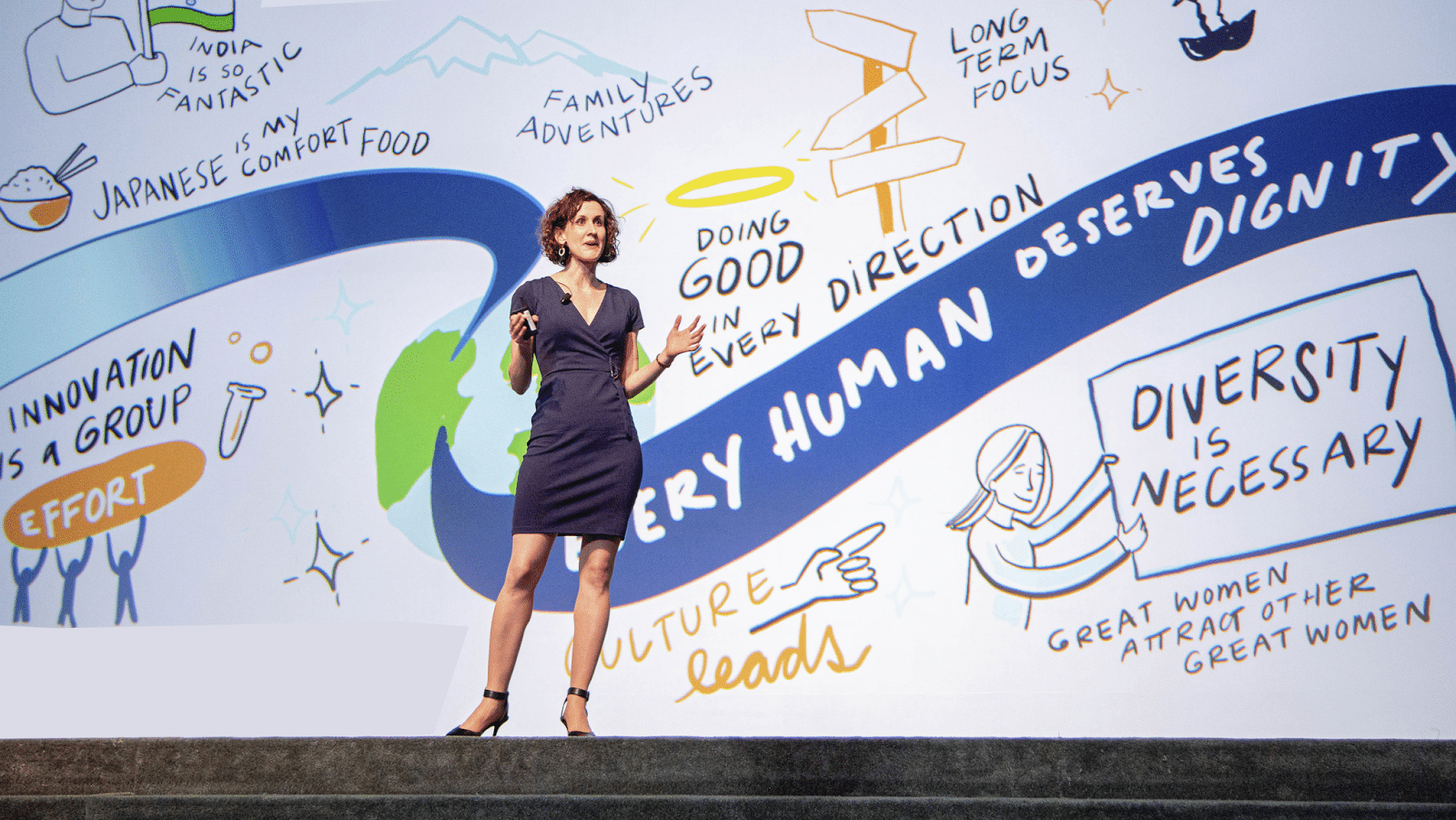
Why Organizational Change Needs More Than a Plan
In times of transformation—when structures evolve, markets shift, or missions are reimagined—strategy alone isn’t enough.
To lead organizational change that truly sticks, leaders need a story.
But not just any story.
They need a visual story that teams can see, understand, and recognize themselves within. A story that makes change feel navigable instead of abstract. A story that drives momentum instead of resistance.
At ImageThink, we’ve spent over 16 years helping leaders turn complex change into compelling narratives—rooted in purpose, made visual, and built for alignment.
Why Visual Storytelling Works
Research shows stories are up to 22 times more memorable than facts alone. They provide context, create emotional connection, and foster shared meaning.
Visual storytelling amplifies that impact.
When a strategic message is made visual, it becomes more accessible, more retainable, and more actionable—especially in high-stakes moments of organizational change.
In neuroscience terms: we process images exponentially faster than text. But more importantly, we feel them. And when people feel something, they’re more likely to act on it.
The $10 Million Question: Why Most Change Efforts Fail
70% of organizational change initiatives fail not because the strategy is wrong, but because the story is invisible.
Consider this: When Accenture needed to align 500,000 employees around a major transformation, they didn’t send another email. They created a visual journey map that showed every employee exactly how their role connected to the company’s future.
The neuroscience is clear: our brains process visual information 60,000 times faster than text. But more importantly, we remember stories.
A Visual Strategy Isn’t Decorative, It’s Directional
The role of visual storytelling in leadership communication isn’t to summarize change but rather to shape it.
When your team can see where you’re going and how they fit into the journey, they’re not just observers of change. They’re contributors to it.
Here’s how we help clients create visual strategies that lead with clarity and move people forward:
How to Build a Visual Change Narrative That Works
1. Start with the Why
Anchor your narrative in purpose and possibility, not just tactics. People commit to change when they believe in the reason behind it.
2. Show the Journey
Visualize where you are now, where you’re headed, and what it will take to get there. A visual roadmap replaces ambiguity with shared direction.
3. Make It Participatory
Co-create the visual story with your team. When people contribute, they connect. When they connect, they engage.
4. Keep It Alive
Your strategy isn’t static, and your visuals shouldn’t be either. Use them as living tools that evolve with your team and support ongoing conversations.
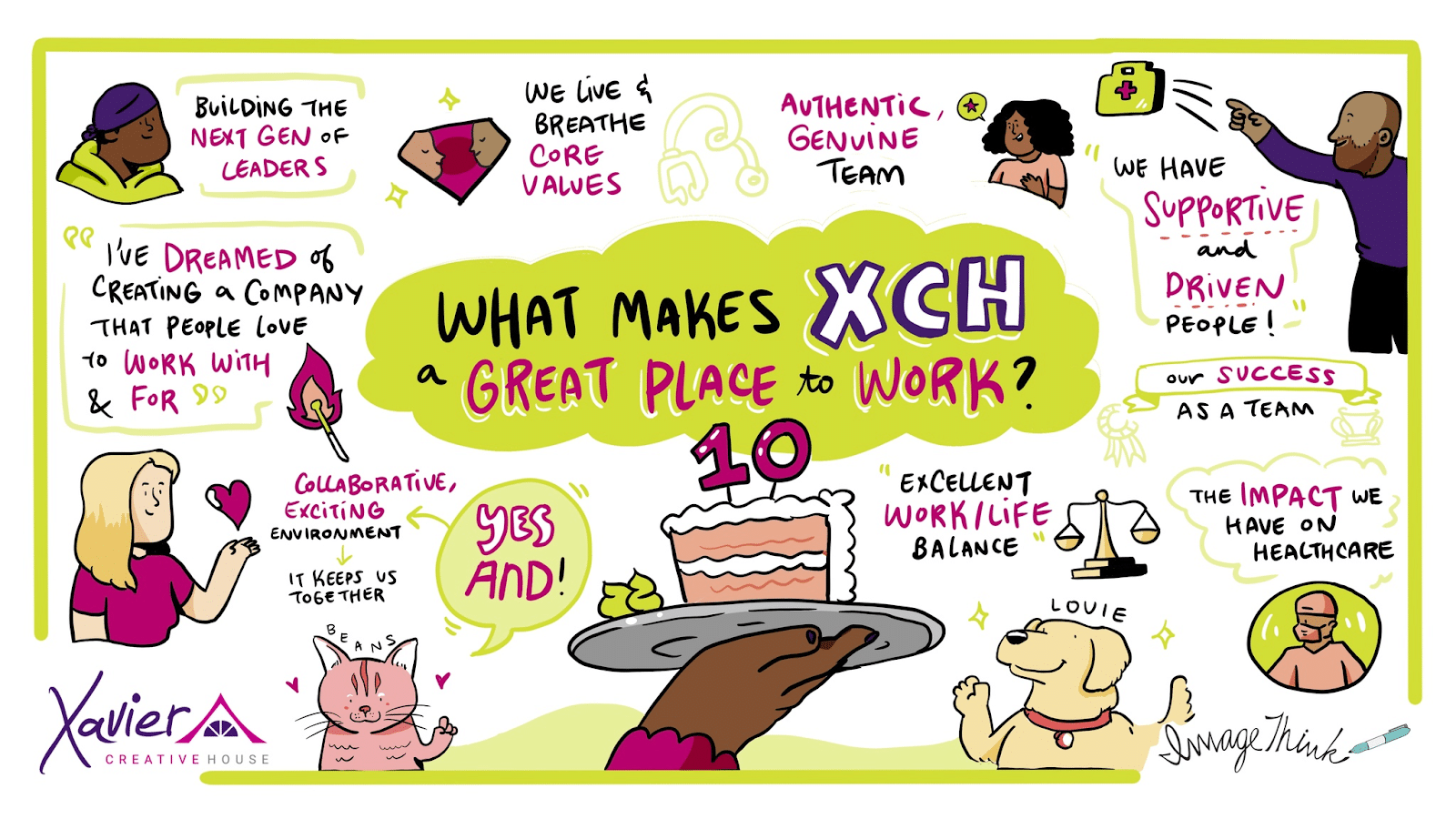
Real Examples: Visual Storytelling in Action
Merging Minds in Biotech
When two divisions merged at a global biotech company, leadership knew that simply combining workflows wouldn’t be enough. They needed a shared story—one that could unite newly formed teams under a common purpose.
ImageThink facilitated a half-day visual strategy session with the new digital insights team. Through guided exercises and real-time visual facilitation, the group surfaced core strengths and co-created a visual value proposition that defined not just what they do, but why they do it, and how they do it together.
This story became a tool for leaders to communicate identity and direction across the organization with clarity and authenticity. It helped team members see themselves in the narrative and aligned them around a vision they were proud to champion.
For leadership, the session wasn’t just about alignment—it was about authorship. They didn’t hand down a message; they helped shape it with their team.
Long-Term Alignment in Tech Leadership
At a global technology company undergoing rapid evolution, executive leaders recognized that strategy alone wouldn’t carry them forward—they needed a story their teams could follow and believe in.
Over several quarters, ImageThink partnered with senior leadership to visualize key priorities, values, and change initiatives. These visuals weren’t just meeting outputs, they became narrative tools used by leaders to communicate consistently across departments, reinforce purpose, and build trust.
At each executive retreat, ImageThink helped translate complex ideas into clear visual frameworks that tied back to a cohesive narrative, ensuring teams didn’t just hear the message, but understood and remembered it.
The result? Leadership storytelling at scale. From vision decks to town hall keynotes, leaders used visual storytelling to make strategy stick and create alignment that endured across time zones, org charts, and change cycles.
Tools That Support Visual Storytelling in the Workplace
Visual storytelling isn’t a one-size-fits-all solution, it’s a toolkit built for flexibility and focus. Here are just a few of the visual facilitation tools that support transformation:
- Strategic Visual Roadmaps
Clarify vision, timing, and team roles through narrative frameworks - Live Visual Facilitation & Graphic Recording
Capture and synthesize strategy sessions in real time - Illustrated Vision Statements
Translate abstract goals into tangible, team-centered visuals - Co-Creation Templates
Invite collective input while driving toward alignment
These tools not only support change communication, they actively shape the change process itself.
Your Story Starts Now
Every organizational change tells a story, whether you design it intentionally or let it unfold by accident. The companies that thrive during transformation are the ones that make their story visible, participatory, and memorable.
Sarah’s team didn’t just understand the new strategy, but they could see themselves succeeding within it. The biotech researchers didn’t just accept the merger, they co-created their combined future. The healthcare nonprofit didn’t just analyze their challenges, they visualized their solutions.
What story is your organizational change telling? More importantly, can your team see themselves as the heroes of that story?
Ready to transform your next change initiative into a visual story that drives results? Book a discovery call to explore how ImageThink can help you turn strategy into shared narrative.
